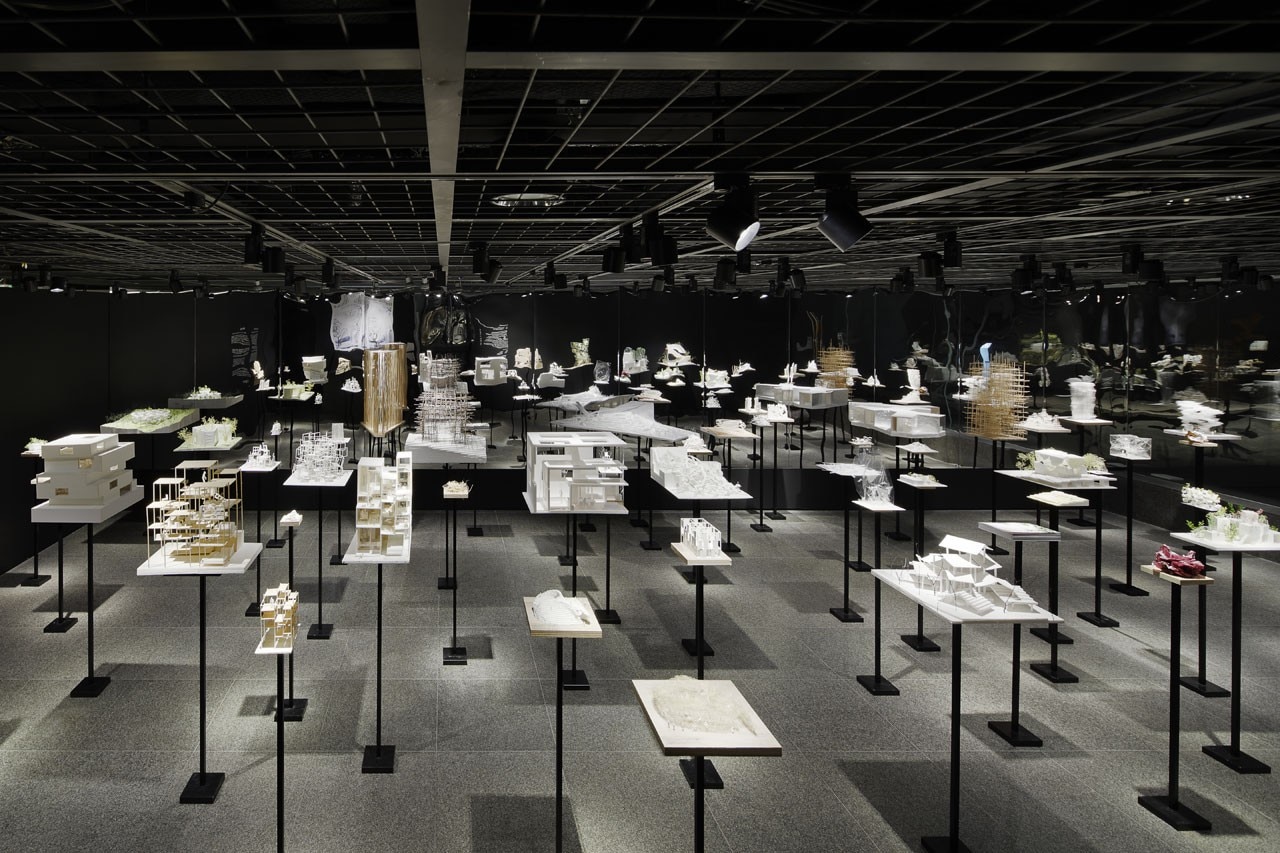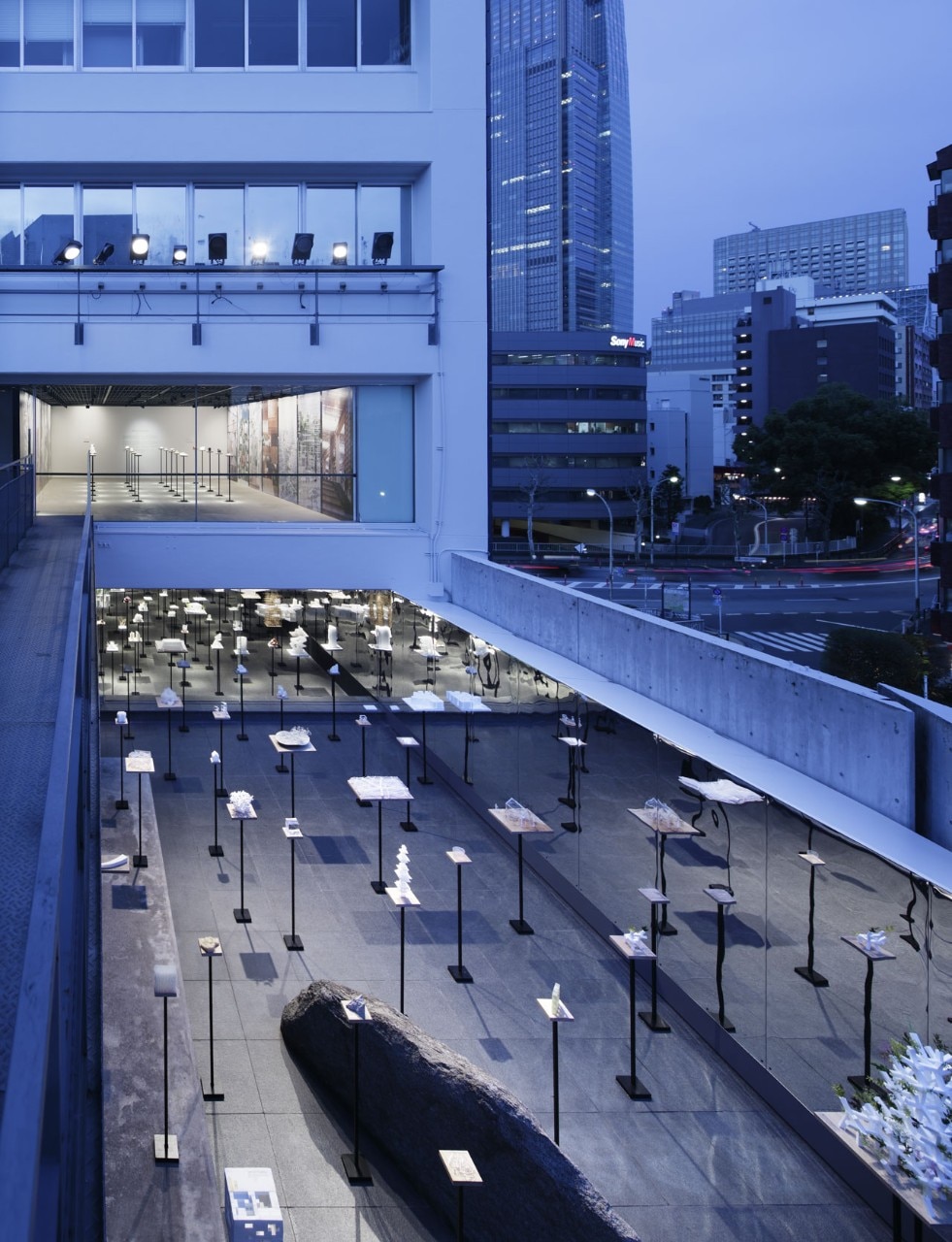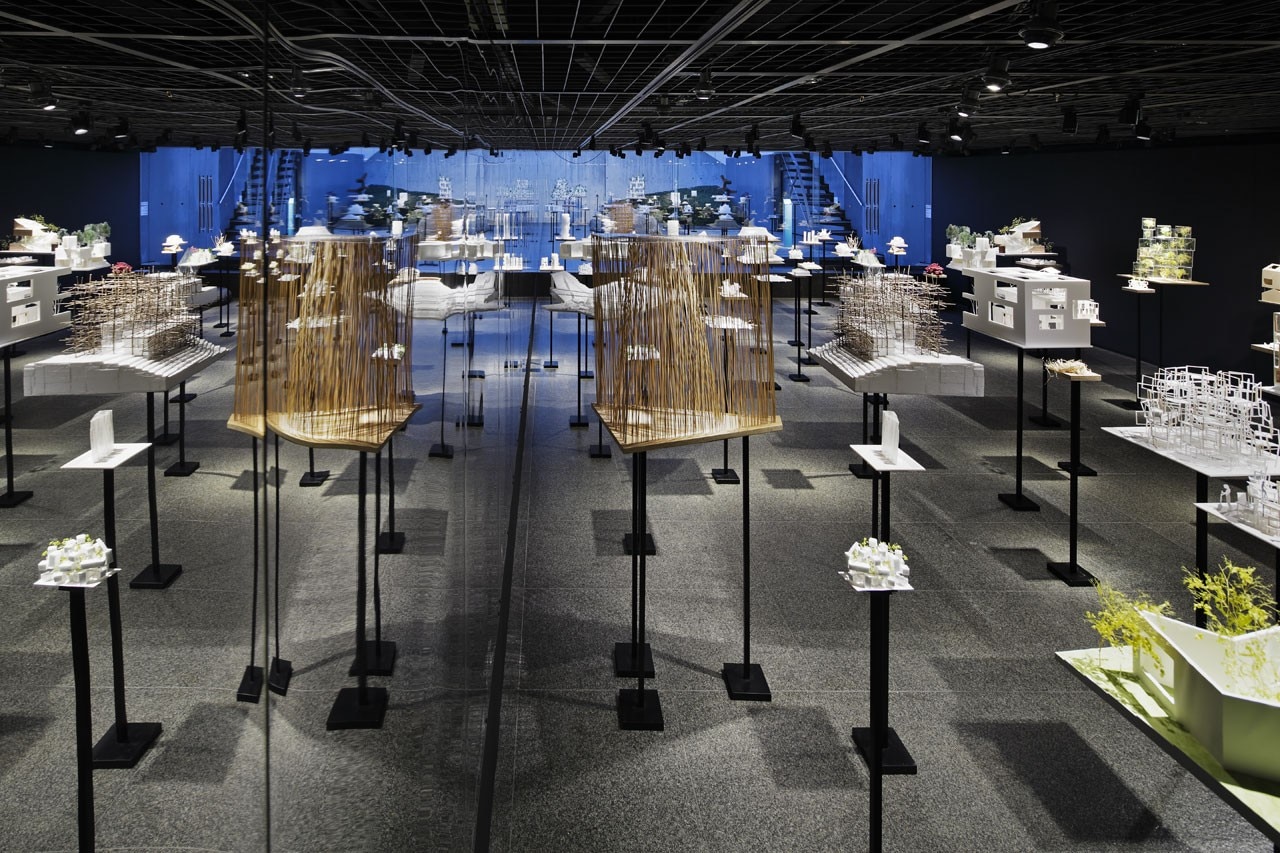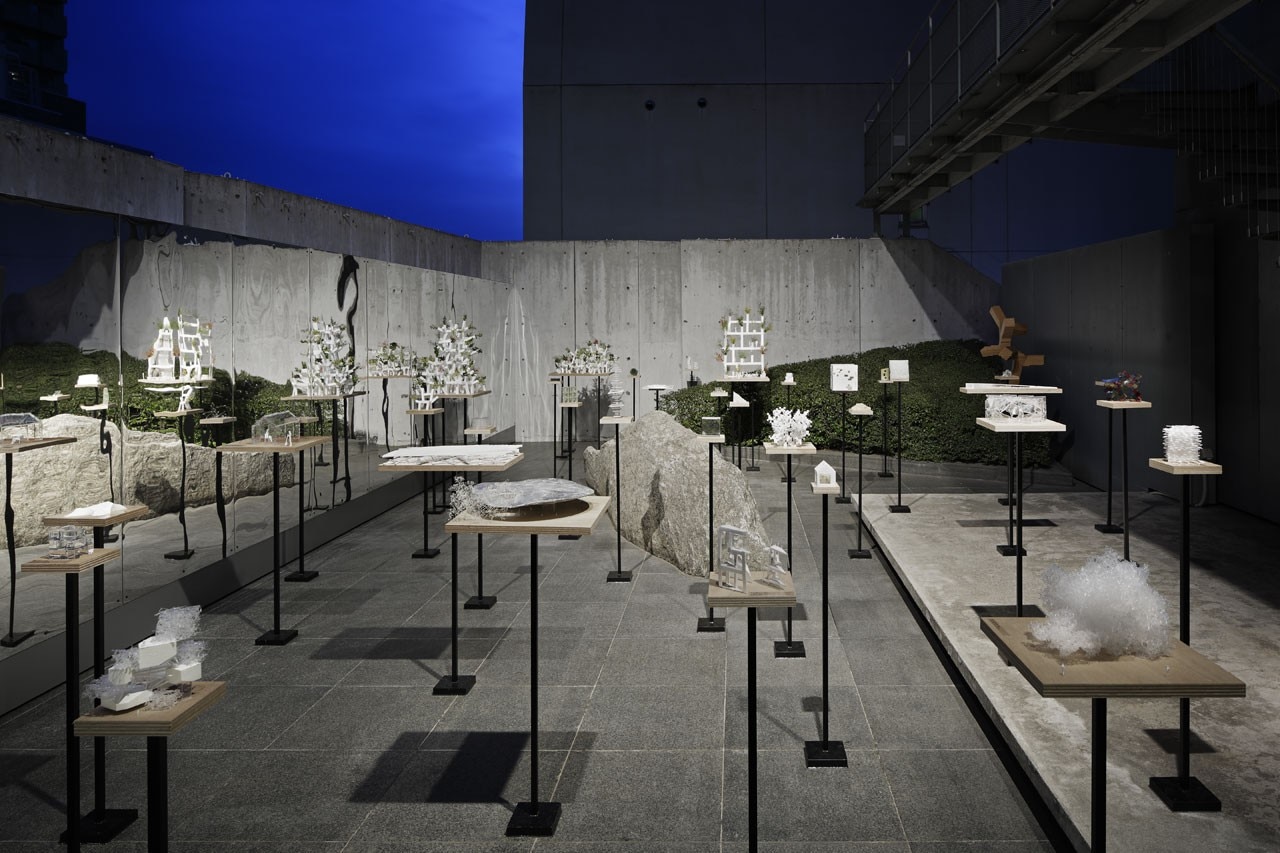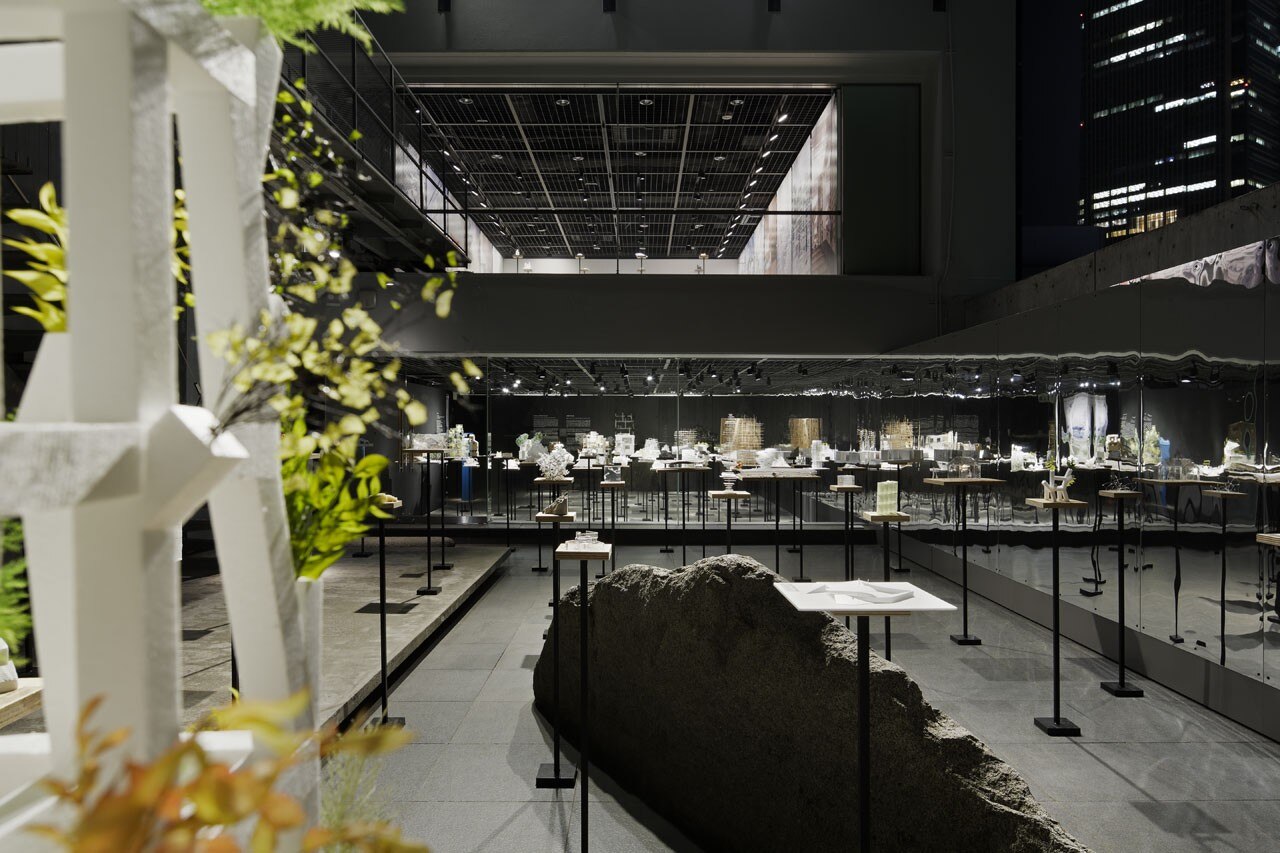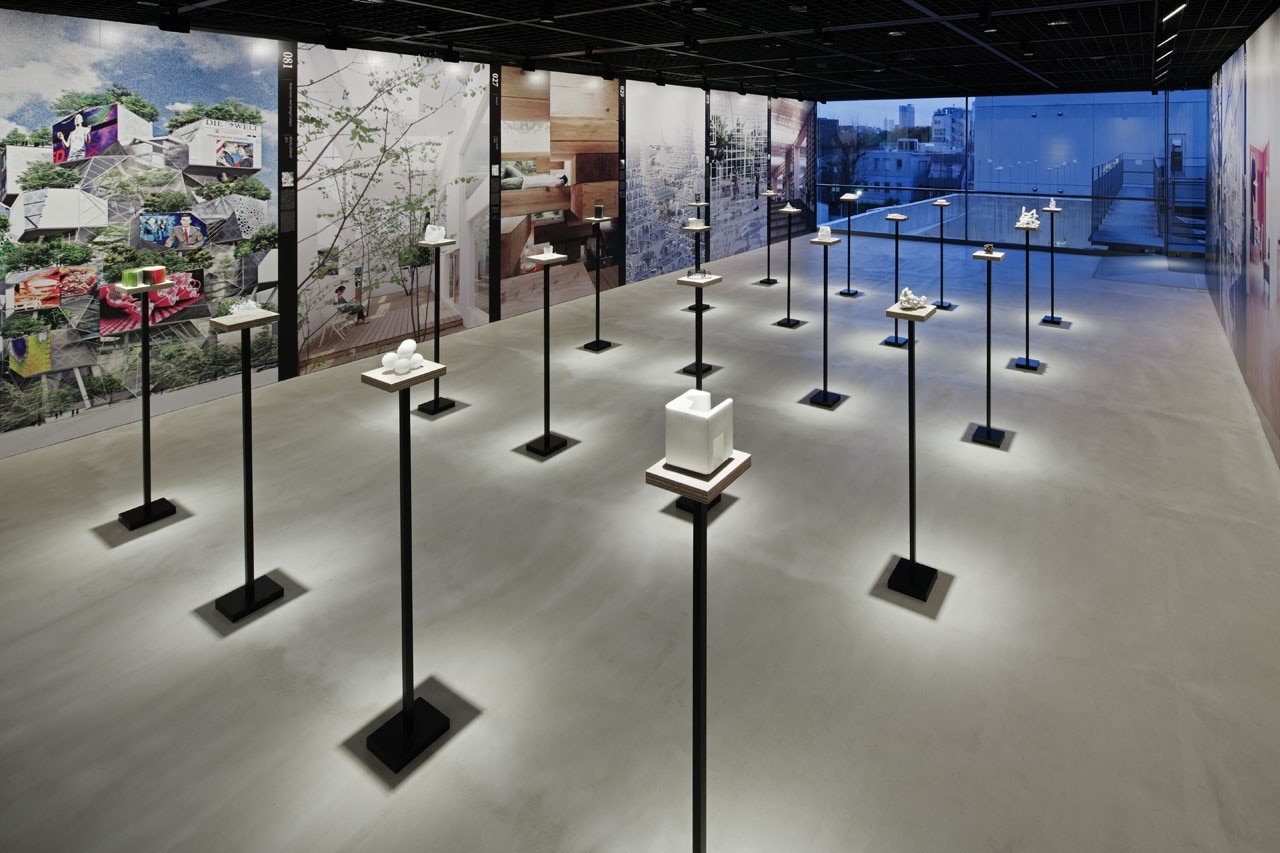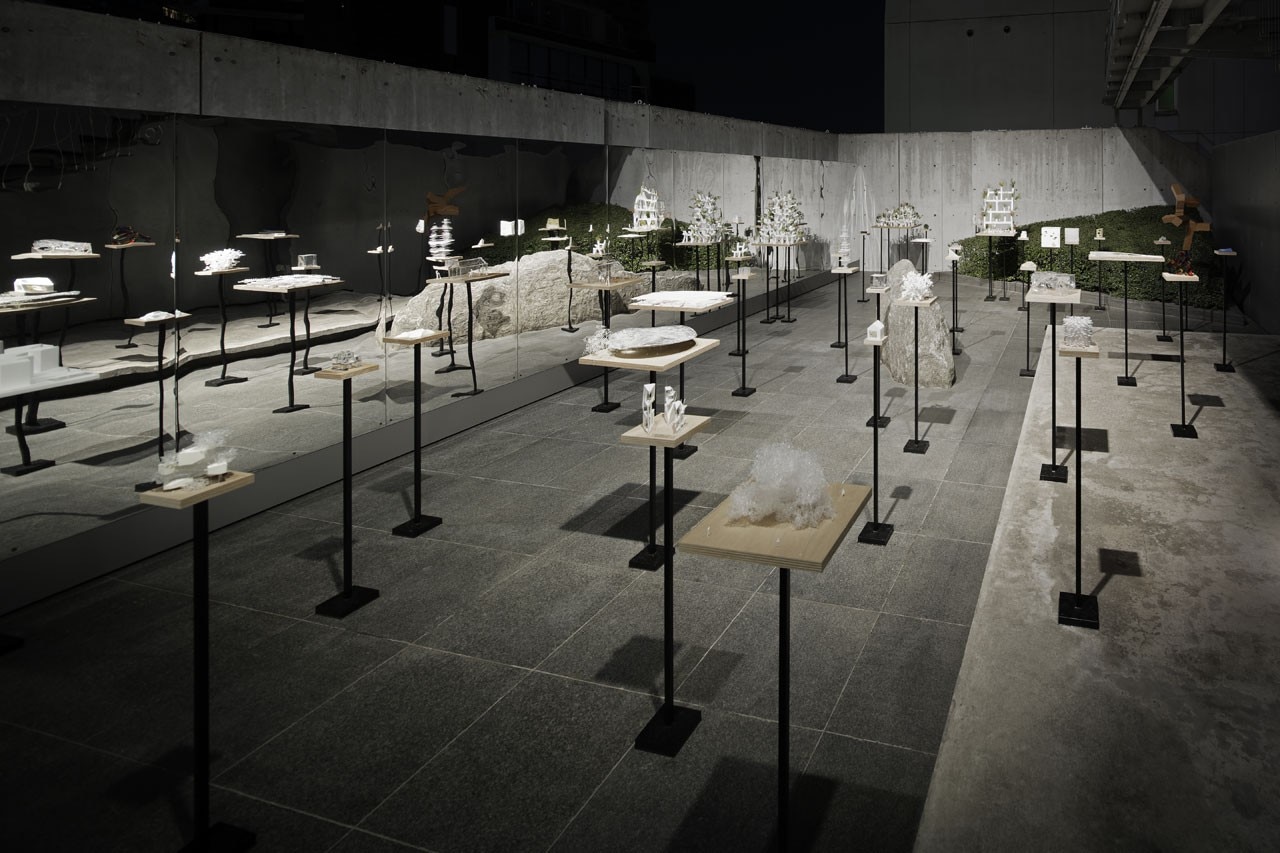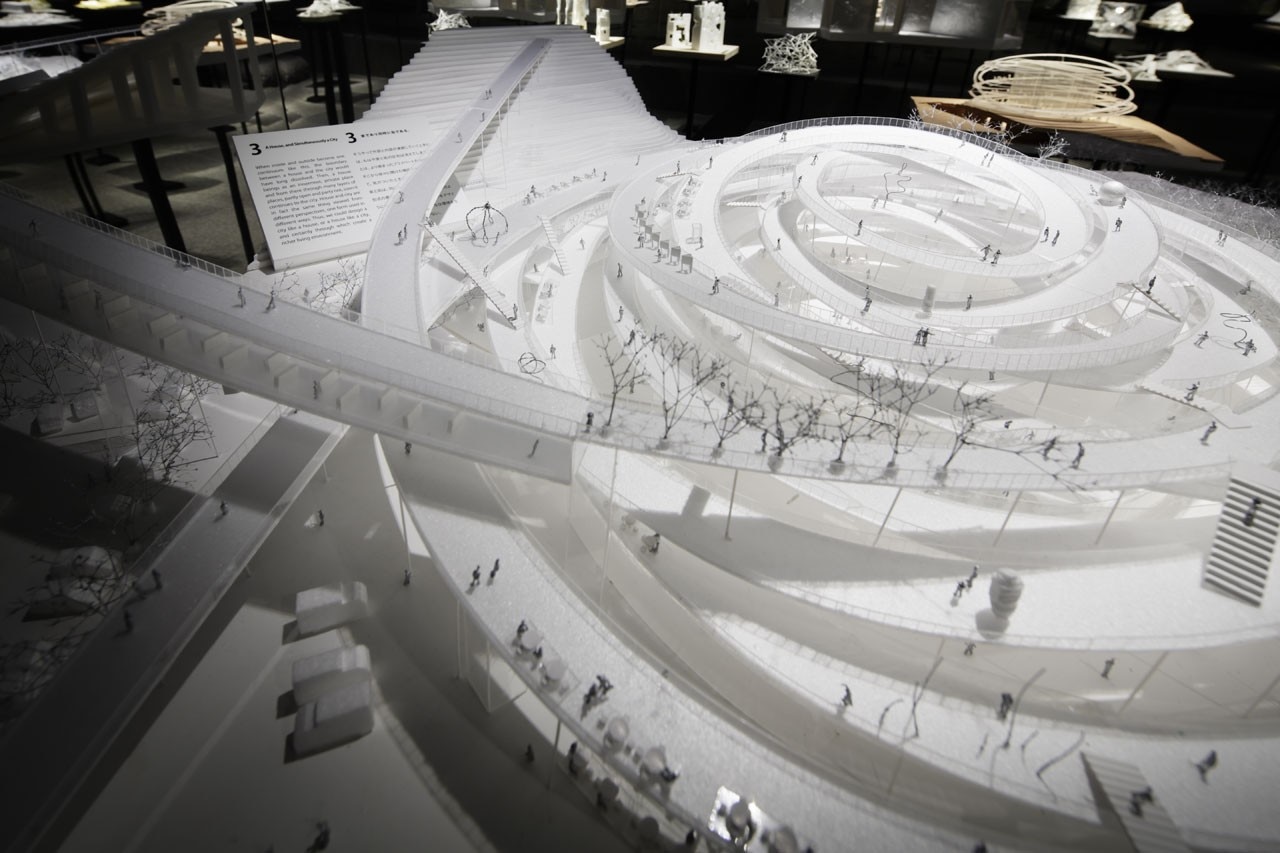A recent exhibition in Tokyo offered the chance of reconsidering many of Sou Fujimoto’s first ideas and manifestoes, and the concept of “future”, which has been a recurrent concept in the intellectual work of the architect from the start of his career.
